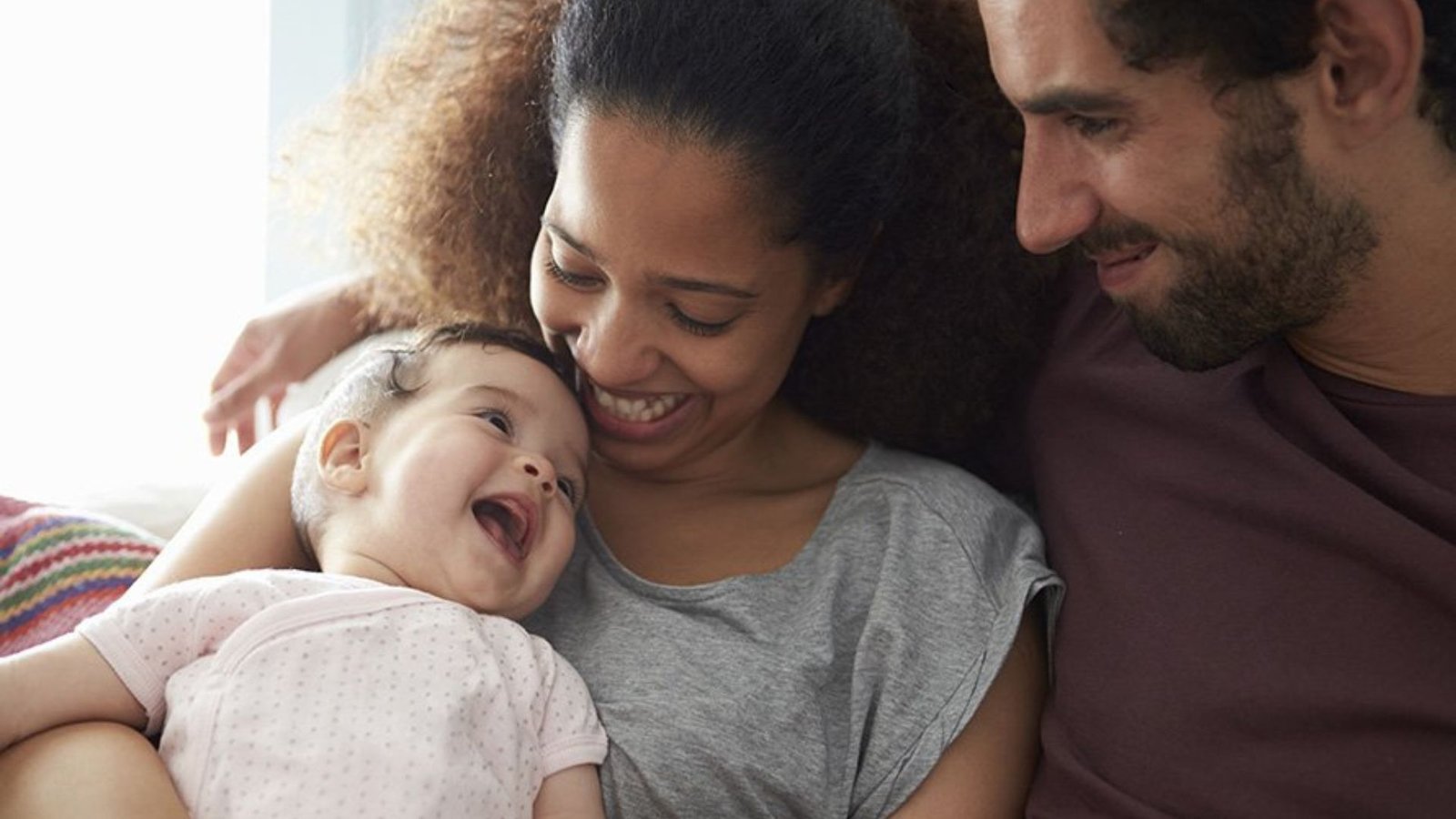Foster care adoption provides children in the foster care system the chance to grow up in a permanent and loving home. For many families, adopting from foster care is a rewarding way to expand their family while providing a stable future for a child who has experienced hardship. However, the process of foster care adoption can vary based on different options and requirements. In this article, we will explore the different foster care adoption options, how the process works, and how families can provide a child with the love and support they need.

Types of Foster Care Adoption Options
There are different types of foster care adoption options, each offering a unique experience for both children and adoptive parents. Understanding the options available can help you make the right choice for your family.
1. Adoption of Children from Foster Care
The most common option is adopting a child who is currently in the foster care system. Many children in foster care are waiting for a permanent home. These children are usually older, may have siblings, or may have special needs. Adoption from foster care allows them to find a forever family.
2. Adopting Siblings in Foster Care
When siblings are placed in foster care, it is often in their best interest to stay together. Many children in foster care have strong bonds with their siblings, and being adopted together can provide a sense of stability and security. Foster care agencies often prioritize sibling placements and encourage families to consider adopting sibling groups. This option can require more preparation, but it provides the benefit of keeping siblings connected and supporting each other through the transition.
3. Adoption of Children with Special Needs
Some children in foster care have physical, mental, or emotional disabilities that require specialized care. While adopting a child with special needs can present additional challenges, it also provides these children with a permanent, supportive home. Special needs adoption may be available for children with medical issues, developmental delays, or emotional trauma. Families who are willing and able to meet the needs of these children can play an important role in giving them the care and love they deserve.
4. Relative Adoption (Kinship Adoption)
Relative adoption, or kinship adoption, occurs when a family member, such as a grandparent, aunt, uncle, or older sibling, adopts a child in foster care. This option is ideal because it allows the child to remain with familiar people and maintain connections with their biological family. Relative adoptions can often be faster and less complex than other forms of adoption because the child already has an established bond with their new adoptive parent.
The Process of Foster Care Adoption
Adopting foster care involves a series of steps. Understanding the process is important to ensure a smooth transition for both the child and the adoptive parents.
1. Attend an Orientation or Information Session
Before starting the adoption process, prospective parents should attend an orientation or information session provided by the foster care agency. This session will explain the different types of adoption, eligibility requirements, and the steps involved. It’s a good opportunity to ask questions and decide if fostering and adopting is the right path for you.
2. Complete a Home Study
A home study is a comprehensive evaluation process where the agency assesses whether a family is prepared to adopt. The home study involves interviews with the family, background checks, and home visits to ensure that the environment is safe and stable for a child. The home study also includes training on parenting children from foster care and managing trauma-related behaviours.
3. Match with a Child
Once the home study is complete, the next step is to be matched with a child. Families can work with the foster care agency to find a child whose needs align with their family’s capabilities. This step may take some time, as the agency wants to ensure the best possible match between the child and the family. Once a match is found, prospective parents can meet the child, visit with them, and begin the transition process.
4. Finalizing the Adoption
After spending time with the child and forming a bond, the final step is to file an adoption petition in court. The adoption is then finalized once the court agrees that it is in the child’s best interest to be adopted by the family. The finalization process often involves celebrations and provides both the child and adoptive parents with legal and emotional security.
Support and Resources for Foster Care Adoption Families
Foster care adoption comes with its challenges, but there are many resources available to support families throughout the process.
1. Post-Adoption Services
After adoption, families can access post-adoption services to ensure a successful transition. These services may include counselling, support groups, and assistance with any emotional or behavioural issues the child may face. These services are designed to help the adoptive family navigate the challenges of raising a child who has experienced trauma or separation from their biological family.
2. Financial Assistance for Adoption
Many states offer financial assistance to families adopting from foster care. This financial support may cover expenses such as legal fees, adoption-related travel, and post-adoption support. Additionally, some children with special needs may be eligible for additional financial assistance to help meet their ongoing care needs.
3. Adoption Tax Credit
In some cases, families adopting from foster care can apply for an adoption tax credit. This tax credit helps offset the costs of the adoption process. Families should consult a tax professional to understand if they are eligible and how to apply for the credit.
The Benefits of Foster Care Adoption
Adopting a child from foster care offers numerous benefits, both for the child and the adoptive parents. Here are some of the key advantages of foster care adoption:
- Providing a Loving Home: Foster care adoption gives children in need a permanent, stable home with a loving family.
- Helping a Child Heal: Children adopted from foster care may have experienced trauma, and adoption provides the opportunity to heal in a supportive environment.
- Creating Strong Bonds: Through adoption, children can form strong, lasting bonds with their adoptive family, providing them with the stability they need for a successful future.
- Making a Positive Impact: By adopting, families are giving back to their community and making a meaningful difference in a child’s life.
Conclusion
Foster care adoption offers a variety of options for families looking to provide a loving, permanent home to a child in need. Whether adopting a child with special needs, a sibling group, or through relative adoption, each path is rewarding and can have a lasting impact on a child’s life. By understanding the adoption process and the resources available, families can make informed decisions and help children find the stability and love they deserve.




